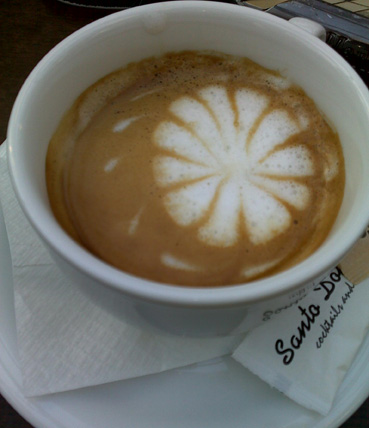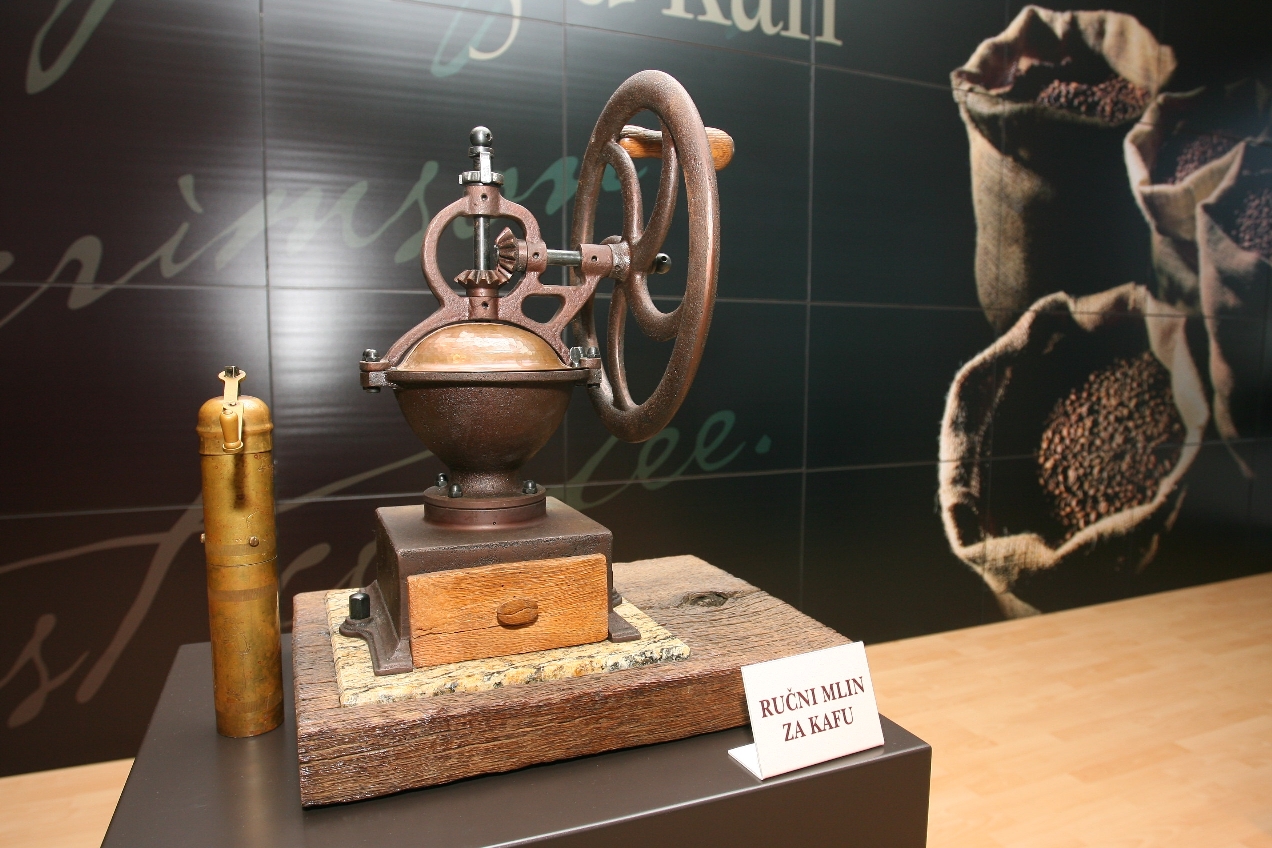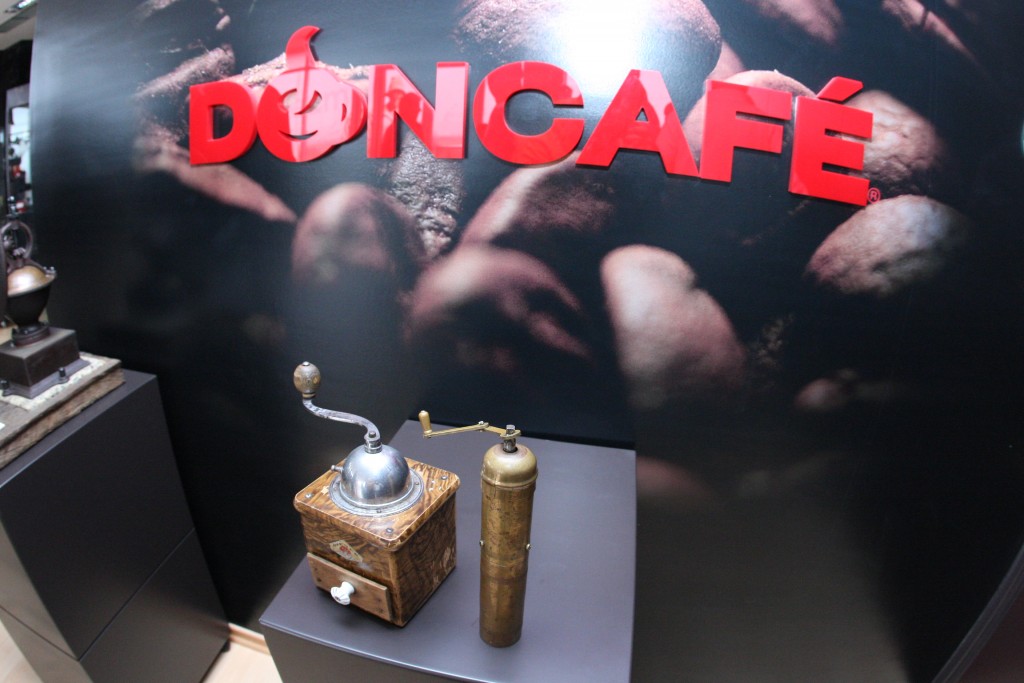DISCOVERY OF COFFEE
There are so many stories about how coffee has become the favourite drink worldwide. Most of them refer to historical sources, and each and everyone would like to be a bit of a genius who has discovered this magical plant.
That is why it’s hard to tell what the truth is, but then again it’s easy to opt for the legend:
“Once upon a time, there was a goatherd named Kaldi. But he was no ordinary goatherd, oh no, he was an Ethiopian goatherd!
Coffee was discovered in Ethiopia, some 1000 years ago. The tale (or legend) gives an account of a goatherd named Kaldi who noticed that his goats were awake longer than usually. He decided to observe them and then he found that they nibbled on interesting red berries in the nearby bushes every day. Then he decided to try them too. He roasted the berries and made himself a drink of a unique taste and effect. The region in Ethiopia where Kaldi lived is called Kaffa, which this unique drink and the unique plant were named after.
The plant inspiring such an interesting story had quickly become an indispensable item in every salesman’s pack. It travelled through Asia, Europe, North and Central America to reach Brazil in early 18th century. The year of its arrival to Brazil is 1727, being a most important year for coffee as the first coffee plantations were grown then creating the conditions for the industrial coffee production. In early 20th century, coffee comes back home to Ethiopia, but now as an industrial plant. Today, all major coffee production is made in this country.
ESPRESSO TWO-MINUTE LIVING? The perfect espresso is the one with a compact two to four millimetre thick froth in hazelnut colour. If a waiter serves an espresso with froth that disperses the moment you stir it with a spoon, it means that there’s something wrong. Svetlana Božović, Espresso Trainer with Doncafe says that we should refuse such a cup of coffee without any regret.
The perfect espresso is the one with a compact two to four millimetre thick froth in hazelnut colour. If a waiter serves an espresso with froth that disperses the moment you stir it with a spoon, it means that there’s something wrong. Svetlana Božović, Espresso Trainer with Doncafe says that we should refuse such a cup of coffee without any regret.
– The curiosity, speaking of espresso of course, is that the word is never translated anywhere in the world. It’s a quick-made, quick-sip coffee. They say that espresso lives for two minutes since that is how long it takes from the moment it’s made to the moment you drink it. Speaking of espresso properties, we refer to coffee without milk, in a small cup – says Svetlana Božović, Training Manager and Technical-Service Manager with Doncafe, for SEEbtm.
Espresso features three specifics, and froth makes it different to other coffees.
– It’s froth that tells us if espresso is good or not. Froth has its own definition. It should be compact, 2 to 4 millimetres thick in hazelnut colour. The cup has to be covered in froth which must not be dispersed even when stirred. That is a good coffee. The other espresso specific is high density, and the third one is aroma as a mix of taste and smell. Espresso is said to have a very strong aroma – Božović says.
To make a perfect espresso we need water heated at 90 to 95 degrees. It affects the froth in the way that if it heats below 90 degrees the froth is very light and it quickly disappears, while the coffee aroma is weak. On the other hand, if it heats over 95 degrees, the froth is dark and quickly disappears, while the coffee tastes astringent and burnt. The other necessary condition for a perfect espresso are the mandatory 9-bar pressure and the 7-gram coffee amount.
– Espresso is never served in china cups as china easily absorbs and retains heat for quite some time. The cup must be from 35 to 40 degree warm. If the cup is cold, froth is quickly dispersed which affects the coffee aroma – Svetlana explains.
A perfect espresso takes four Ms.
– They are a quality coffee Mix, good Machine, proper Mill, and Manual, that is the master’s hand. Each of these four elements takes up 25 percent, but I believe that the factor number four is crucial. It happens often that in one and the same coffee shop you get a good coffee in the morning and a poor one in the evening. Neither did the coffee mix change, nor the machine, but the operator did. The best recommendation for a coffee shop is when we say we go there since they make a good coffee – says Svetlana Božović from Doncafe.
COFFEE MUSEUM – great INCENTIVE!
make your own perfect coffee mix
In the Visitor Centre in Doncafe plant, you can experience a real coffee-making magic. In the museum, TRAIL IN COFFEE, located in Šimanovci, you can see antique, hand-made and stone mills and roasters, you can hear the coffee’s extraordinary historical account and enjoy the film “From the Plantation to the Cup”.
The coffee museum, Trail in Coffee, is connected via a gateway from the raw coffee warehouse, through roasters to packing machines. Above this area, at the gateway, there is a room for capping (a method for assessing coffee quality and aroma), where the visitors can make their own coffee mix to take home with them. First of all, they are presented to the roasting process, which is one of the key technological processes in the course of which over a thousand diverse aromatic compounds are released.
The milling which comes after the roasting is also an interesting process. It is done in four mills with the most efficient refining system, wherefrom by the force of gravity coffee goes down to silos and then it is conveyed to the packing machines. The visitors say that the biggest surprise for them is that the coffee production is almost a fully automated process. At the same time, they learn that it is the best way to preserve the aroma which is produced in the roasting process and which makes coffee the unique drink.
In the museum, one can see exhibits of ancient mills and roasters, accompanied by specialist explanations from the plant technologists who have also taken the role of curators.
There is no coffee museum in the region, and the idea to open one came up as a trend of showing the very production process, but also as the way to preserve the traces of the past.











































 Srpski
Srpski English
English